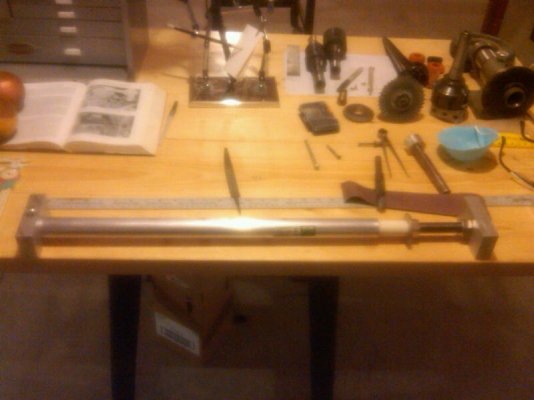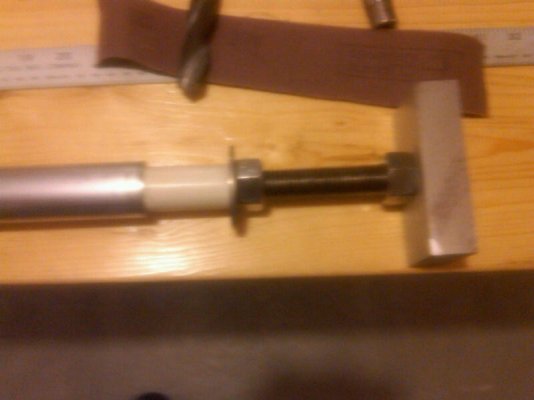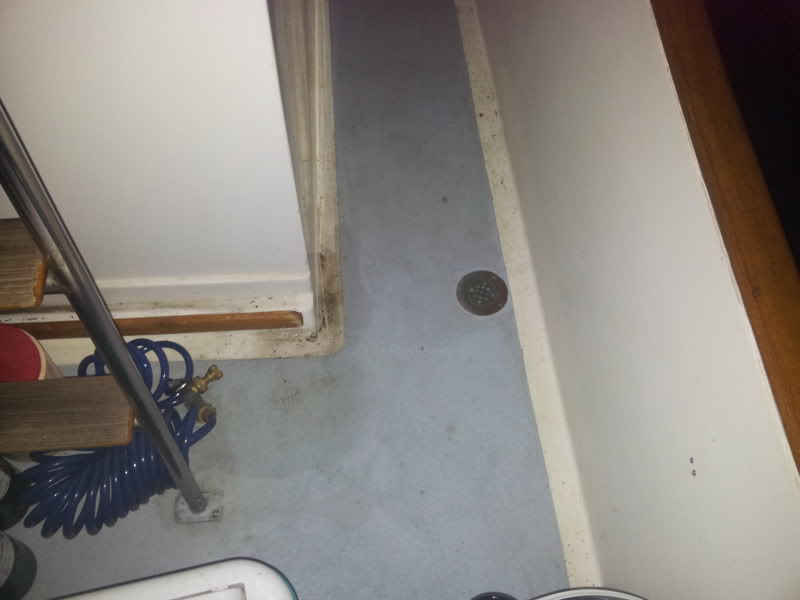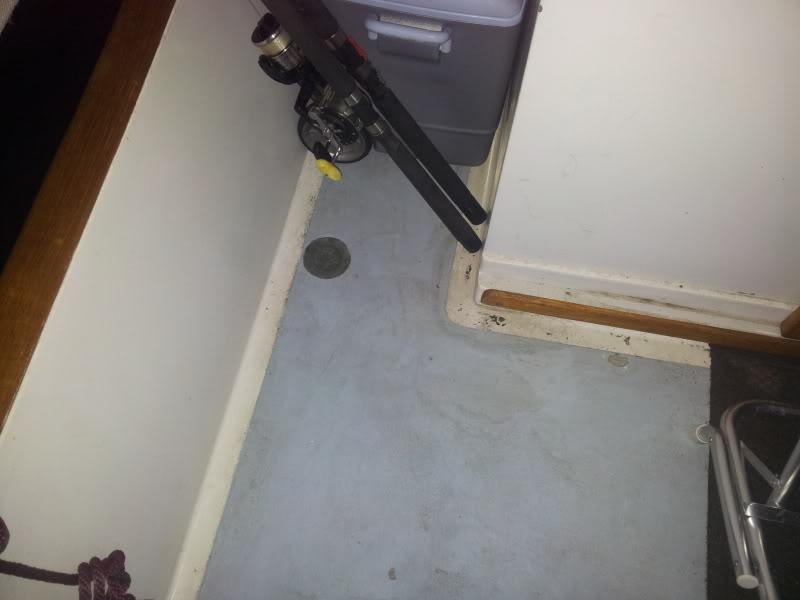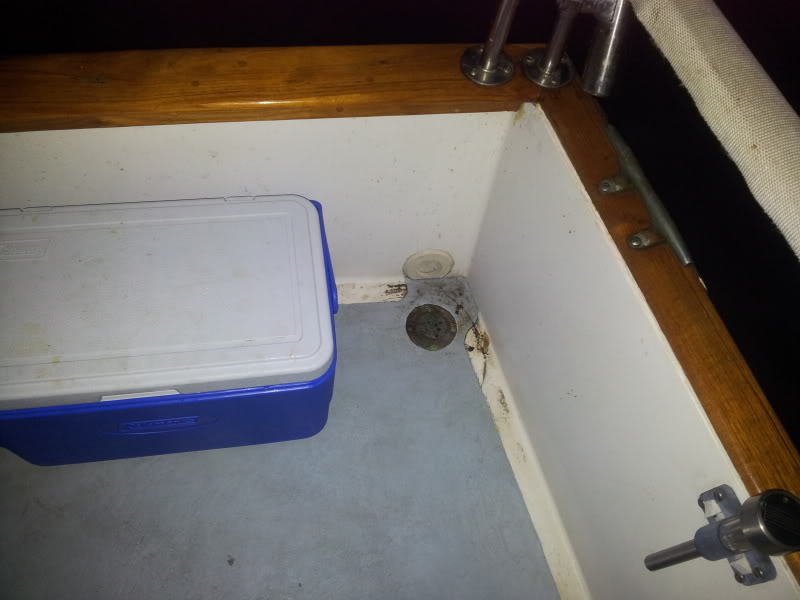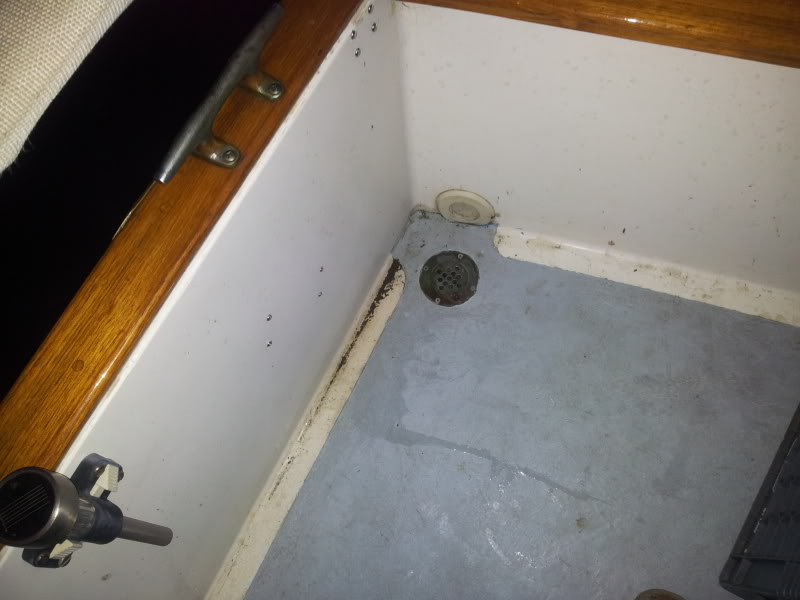Fighterpilot
Senior Member
- Joined
- Apr 17, 2011
- Messages
- 380
What is the risk level of getting a bad hull in a 1983 Wellcraft/Californian 34 LRC? I know i should get a survey, but other than the hull I am confortable with my own judgement on everything else. It will be my fifth boat in 6 years. We already have a boat with the 3208 NA cats in it and we have down much of our own maintenance over the years. I do intend to sea trial, have thermo gun, and other than the hull am willing to trust our judgement. Some boats have a history of bad hulls, like the Carver 370 or the Grady whites in their transoms. Does the Californian enjoy a good reputation as far as the hull is concerned? It has been in fresh water for the last 8 years. Thanks

